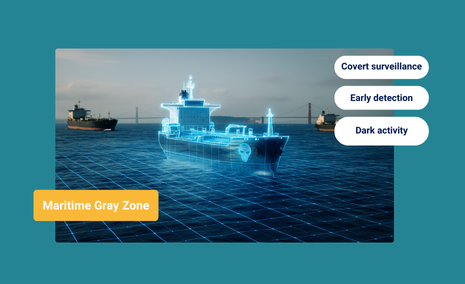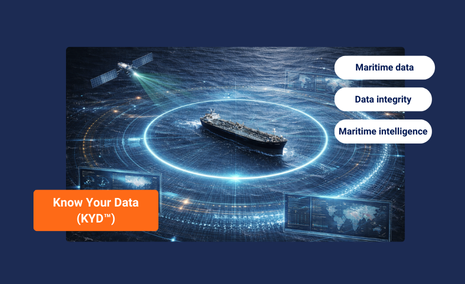Guides
Best Practices for Augmenting TMS Data & Other Workflows
Receiving, processing, and delivering data is a significant hurdle that every logistics company must overcome. Ensuring that data integrated into a transportation management system (TMS) or supply chain management (SCM) system remains consistent with actual logistics operations events adds another layer of difficulty and is critical for success.
If this isn’t done successfully, freight forwarders, importers, and exporters will be left with false conclusions and a partial view.
Houthi attacks in the Red Sea, extreme weather events, and other factors have further complicated the picture. Trade flows are changing and inbound cargo has been significantly impacted, as vessels avoid certain ports and routes.
Windward Ocean Freight Visibility (OFV) solution, a powerful AI-driven platform relevant for logistics service providers, augments TMS and SCM systems, leading to improved performance and operational efficiency.
This guide is based on Windward’s analysis of a leading TMS’ data, plus insights from our Maritime AI™ platform and extensive conversations with our customers and TMS partners.
Key Business Benefits
✅ Bill on time ✅ customer satisfaction ✅ risk management ✅ effective exception management ✅ improved decision-making ✅ increased operational efficiencies
Windward’s Maritime AI™ platform and Ocean Freight Visibility solution not only buttress SCM and TMSs, they also address multiple challenges related to TMSs.
Six TMS and Workflow Data Challenges Windward Can Solve
- Incorrect routing information
- Poor and outdated carrier ETA data
- Outdated data
- Missing ATD & ATA information from carriers
- Lack of awareness regarding incorrect or missing booking references, BoLs, and container numbers
- Inability to share shipment information through a streamlined channel with customers and stakeholders
Let’s drill down into each issue…






